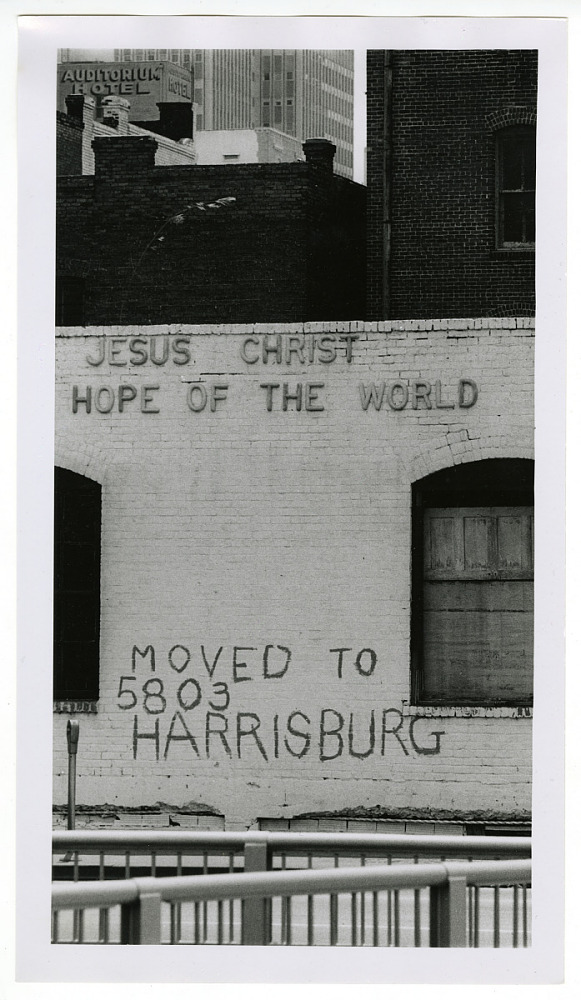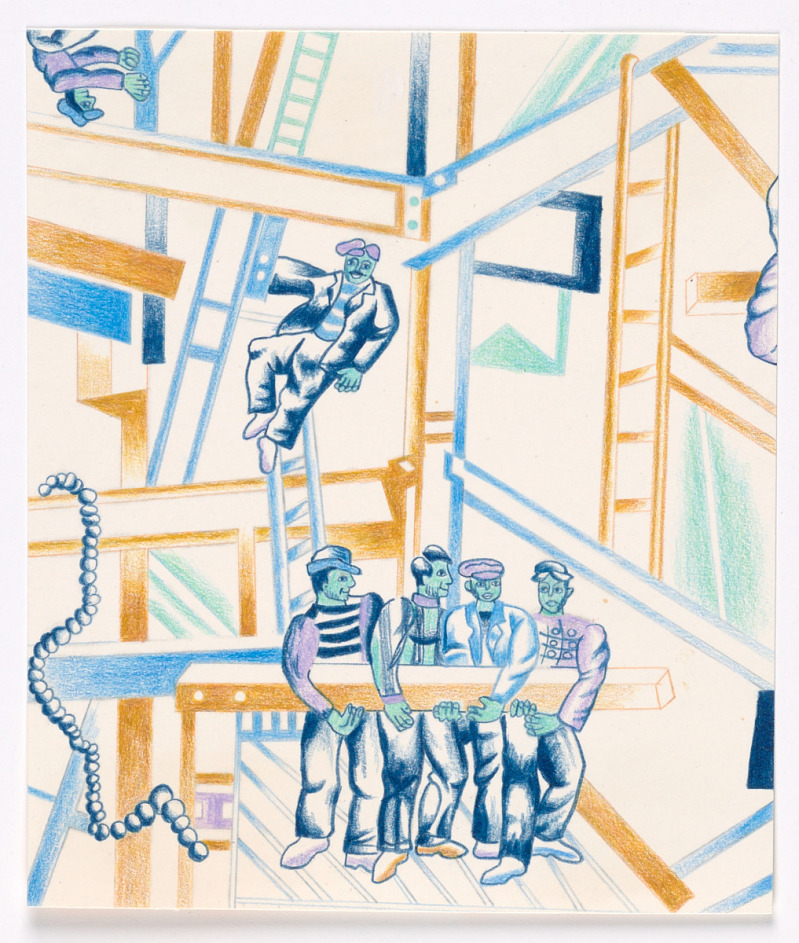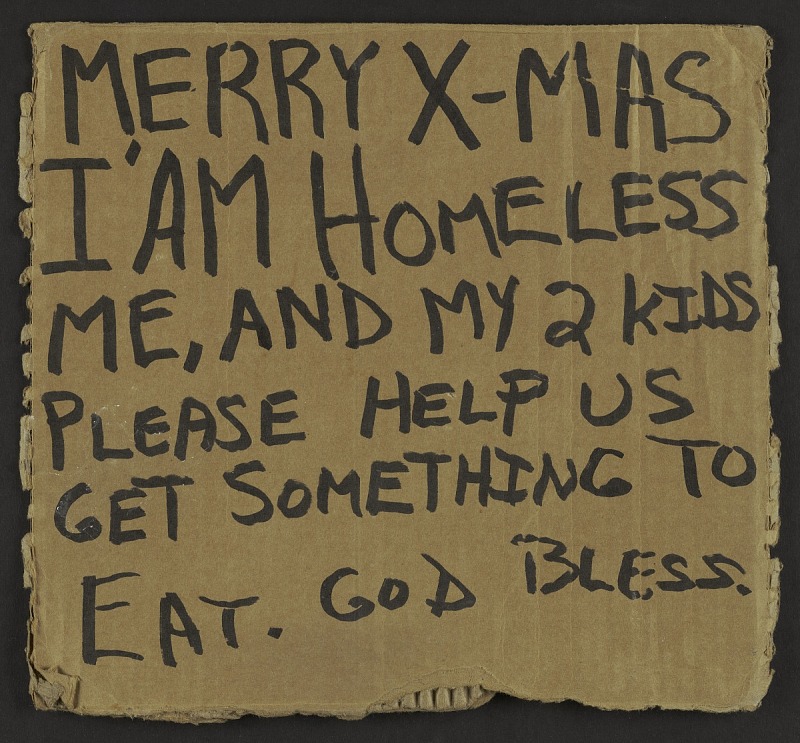
Sung to the tune of the Theme from M.A.S.H. (Suicide is Painless): With apologies to Alfred E. Neumann and Mad Magazine
I don’t want to be primaried
Out spent by Elon can’t you see
Displaced by people fighting me
Who have unlimited money
Cowardice is contagious
It brings on no good changes
And I can be a toady if I please
Who needs representative democracy
Let’s have trickle down autocracy
Eliminate bureaucracy
That serves people like you and me.
Cowardice is contagious
It brings on no good changes
And I can be a toady if I please
I’ll act just like a nematode
No spine or backbone as you know
Just burrow through the mud and slime
Get reelected bide my time.
Cowardice is contagious
It brings on no good changes
And I can be a toady if I please
No matter if it kills democracy.
(By Heidi Lindemann and Michael Perry)









